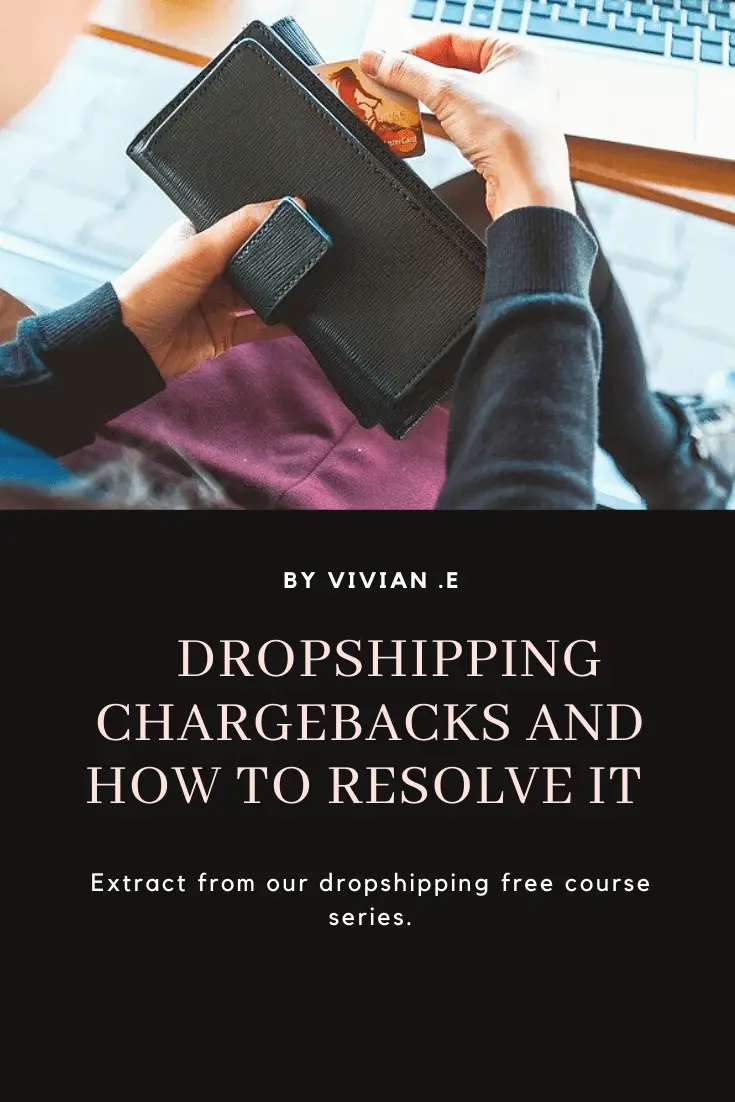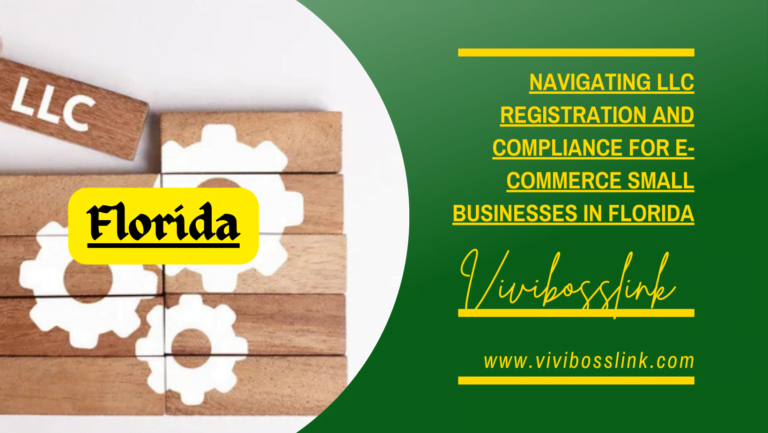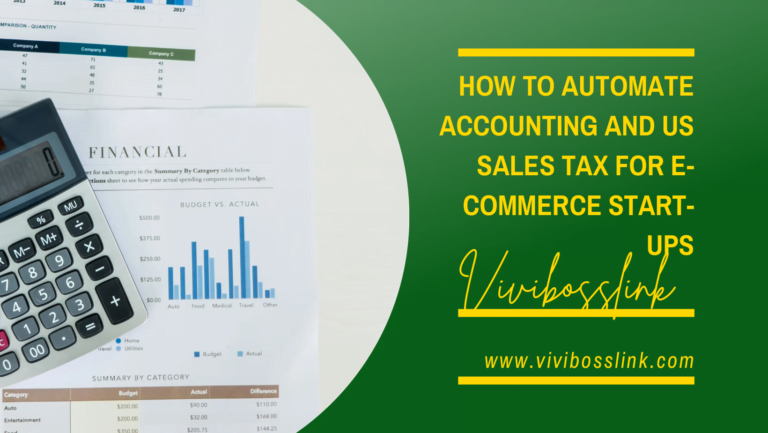
Chargebacks, claims and payment on hold are not uncommon issues in the ecommerce sphere. That’s why I’m going to talk about how to prevent and resolve these issues.
What are claims, chargebacks and Payment holds;
Claims refers to a dispute which a Payer raises against a merchant to the merchant’s payment gateway (i.e Paypal, Stripe, Paystack etc) requesting a refund of a transaction.
Chargeback refers to a dispute which a Payer raises against a merchant to the Payer’s bank or financial institution requesting a refund of a transaction.
Hold on payment refers to a hold placed on balance available in a merchant’s payment gateway’s account. This could be a PayPal account, 2checkout account, Stripe account etc. restricting the ability to withdraw funds until a specified period of time has elapsed.
Common reasons for Chargebacks and Claims;
Common reasons for Chargebacks and Claims includes;
- The Payer complains that the product was never delivered to him by the merchant.
- The payer complains that the product wasn’t delivered as described.
- The payer alleges that he wasn’t the one who made or authorized the transaction i.e in cases where a fraudster makes online purchases with stolen credit cards
- Product did not arrive within the estimate shipping period
How to prevent claims and chargebacks
- Most payment gateways like Paypal and Stripe have their authorized logistics partners. Always look out for if your payment getaway has a list of authorized logistics partners and ship product orders with any of their partners. This way you can easily prove product delivery with shipping and delivery receipts.
- The best way to prevent claims and chargebacks is to have a responsive customer support system (i.e email, live chat call etc) and encourage buyers to reach out to your support service, that way issues can be resolved before they escalate to claims or chargebacks.
- Don’t lie to your customers, describe the product “as is” on the product page. So that you’d be able to prove in cases of claims and chargebacks that the product was as described.
- Have an estimated shipping time on your website which you can deliver on! It’s understandable that there could be unexpected events that may delay shipping, so it’s advisable that you have a clear legal pages on your website detailing your store’s policy in regards to shipping times.
- You should also put an “agree to terms” checkbox on your website before check out. So that your store “terms of service, return policy and other legal pages” could become an enforceable contract in cases of dispute.
- Most payment gateways like PayPal, Stripe, 2 checkout etc have seller protection and buyer’s protection programs. It’s advisable to research if your business qualifies for the relevant seller protection program and make the most use of it.
- Most dropshipping businesses will qualify for PayPal’s seller protection program under PayPals terms and conditions. You can learn about paypal seller protection here.
- Most payment getaways have buyer protection, this buyer protection can vary from country to country. It’s advisable that you research your payment getaway buyer protection policy specifically for the country where your target market resides. Knowing the applicable buyer protection can help you understand how you may be affected as a seller and what measures you can take to protect your business.
- Delay shipping when you suspect an unusually high number of orders from one customer or from multiple customers to one location or from a high risk country or from a customer asking you to ship overnight, or ship using their own shipping company or ship to a PO box address or redirect shipping. In cases of suspected fraudulent activities where a fraudster steals credit card information and shop online with it. They usually want the orders delivered fast before the account owner could raise an alarm. Delaying shipping gives the real account owner some time to act. You should also cover incidents like this where you could delay shipping on your store’s legal pages.
- If a customer overpays and asks for a refund, you should only make the refund to the credit card or PayPal email in which he used to make the payment. Frudsters usually overpays then request refund through money gram and other services. Do not make a refund to an account different from the account with which you were paid. Be cautious.
Here is how to resolve a claim;
If you get a claim, usually the payment gateway will notify you by email and tell you how much time you have to respond.
You should respond to the claim within stipulated time and provide all necessary evidence.
The payment gateway will usually give you and the buyer a period of time to get to an amicable resolution.
It’s important to try to resolve the claim amicably. Sometimes, if it wouldn’t be much of a deal to you, you can try to please the customer and let go of the issue.
A happy customer today could mean more orders and positive reviews tomorrow.
In any case, if you are unable to amicably resolve the issue with your customer, the payment gateway for example Paypal, will then step in, access the available evidence, consider any enforceable contract and make a firm and conclusive resolution .
If the resolution is in your favor, the merchant wouldn’t get a refund however, if the resolution is not in your favor, the merchant will get a full refund and If that transaction qualifies for their seller protection program, then Payal will reimburse you even if you lose the claim.
Here is how to resolve chargebacks;
If you get a chargeback, it’s a case brought by the buyer to their bank or financial institutions (and not to the payment gateway) against you.
Your payment gateway will usually send you an email about this and specify a time period within which you should respond.
It’s advisable to respond within time with all necessary receipts and evidence.
Your payment getway will then forward your response and evidence to the financial institution.
The bank or financial institution will go through the evidence and responses and make a conclusive resolution. The resolution is not influenced by your payment gateway.
The resolution could be in your favor or it may not be in your favour, in which case you’d be required by your payment processor to make a refund.
If you’re unable to make the refunds, the financial liability is ultimately on your payment process to refund the charge back and for this reason, most payment processors will ban your merchant account and may also take legal actions against you.
Again if you are covered by a seller protection program with your payment getaway. For example Paypal, they would amicably reimburse you even if you lost the chargeback or claim.
Hold on payment and how to prevent it;
This happens when a payment gateway i.e Paypal, Stripe, 2 Checkout etc places a hold on a merchant’s payment for a specified period of time or untill product delivery is confirmed or certain conditions are met.
Common reasons for Payment holds includes;
- The payment gateway can place a hold where the merchant is a new user
- Where the merchant has on unusual high amount of orders
- Where there is a claim or chargeback
- Where the payment getaway has a buyer-protection method of payment that requires it to protect the buyer by placing a hold on the merchant payment for a specified period of time.
Hold on payment can sometimes slow down ecommerce business operations as the merchant is waiting for his payment to be released to restock inventory or in cases of dropshipping, to pay the supplier and carry on business activities.
You are bound by the terms and conditions of the payment getaway for which you’ve agreed, you’d have to look at their policy and play by the rules to see what you can do to reduce the hold on payment occurrences.
For example; keep your account in good standing with the payment gateway or payment processor and have an aged merchant account.
I hope this article helps. If you have any questions, please leave a comment.







